Optimal Timing for Concrete Installations
Choosing the optimal time for concrete installations involves considering weather conditions, temperature, and humidity. Proper timing ensures the concrete cures correctly, resulting in durable and high-quality surfaces. Typically, the most suitable periods are during mild, dry weather when temperatures are consistently between 50°F and 85°F.
Spring and fall are generally preferred for concrete installations due to moderate temperatures and lower chances of extreme weather.
It is best to avoid concrete work during freezing temperatures, heavy rain, or high humidity, which can compromise the curing process.
Temperatures below 50°F can delay curing, while temperatures above 85°F may cause rapid drying and cracking.
Scheduling concrete projects during stable weather periods ensures consistent curing and reduces the risk of defects.
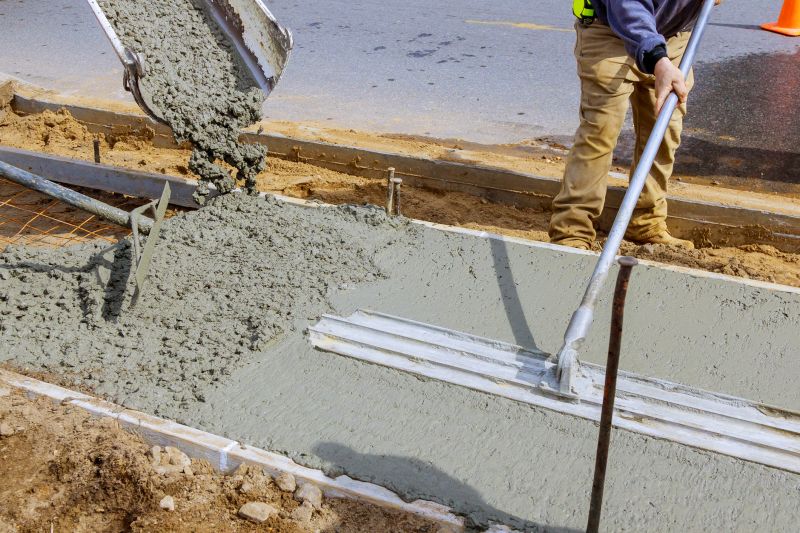
Concrete being poured during mild spring weather ensures optimal curing conditions.

Scheduling in early summer avoids extreme heat and promotes proper setting.
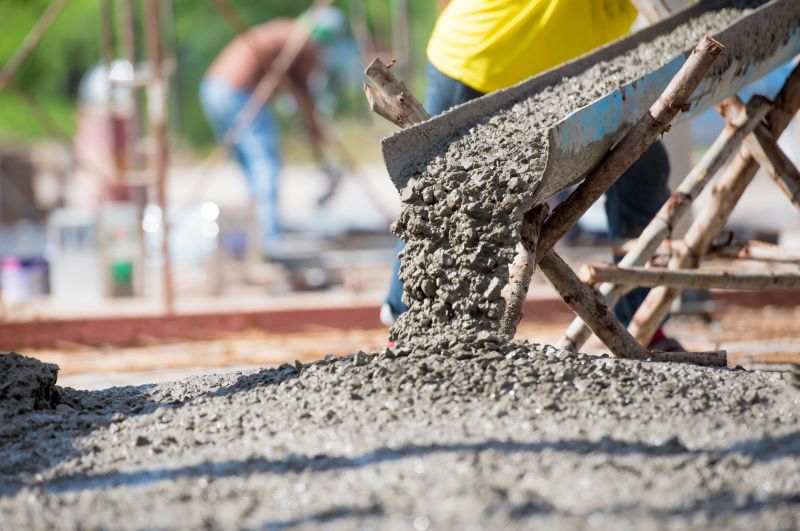
Fall offers cooler temperatures and less precipitation, ideal for concrete installation.
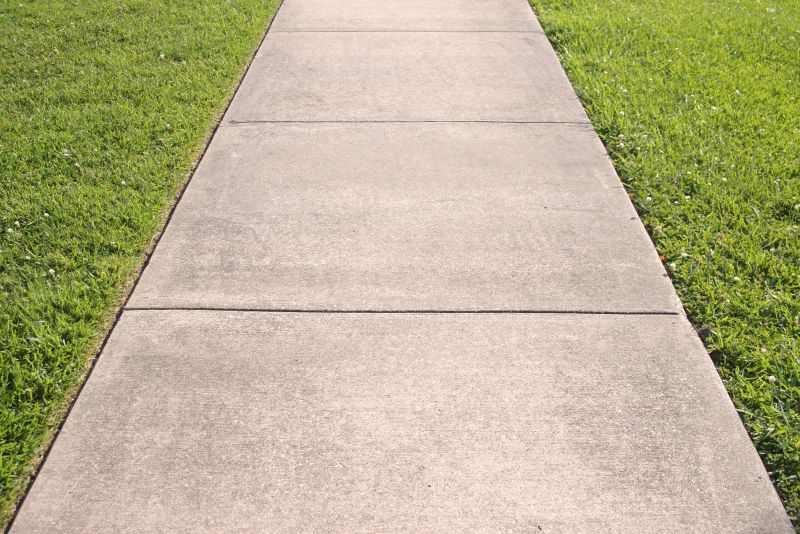
Ways to make Concrete Installations work in tight or awkward layouts.

Popular materials for Concrete Installations and why they hold up over time.

Simple add-ons that improve Concrete Installations without blowing the budget.
| Season | Recommended Conditions |
|---|---|
| Spring | Moderate temperatures, low rainfall |
| Summer | Early morning or late afternoon work, avoid extreme heat |
| Fall | Cooler temperatures, dry weather |
| Winter | Not recommended unless heated or sheltered |
| Late Spring | Ideal for curing and setting |
Concrete installations require careful planning to ensure optimal results. Proper timing minimizes risks such as cracking, improper curing, and surface defects. Weather plays a crucial role in the curing process, which is vital for achieving strength and durability. Accurate scheduling based on climate conditions can extend the lifespan of concrete surfaces and reduce maintenance costs over time.

Proper curing during favorable weather conditions enhances durability.

Fall's stable weather supports quality installation and curing.

Spring provides ideal conditions for concrete work.
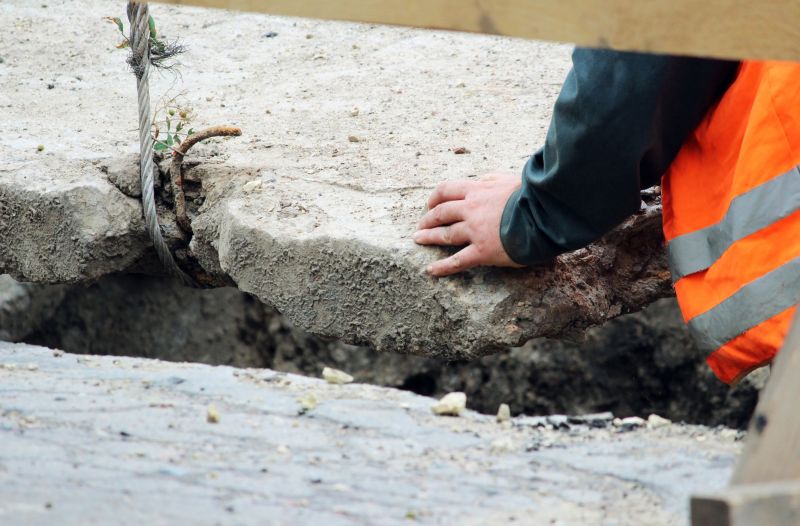
Cold temperatures can hinder curing and cause cracking.
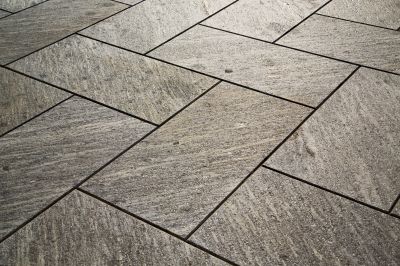
High-end options that actually feel worth it for Concrete Installations.

Finishes and colors that play nicely with Concrete Installations.

Little measurements that prevent headaches on Concrete Installations day.
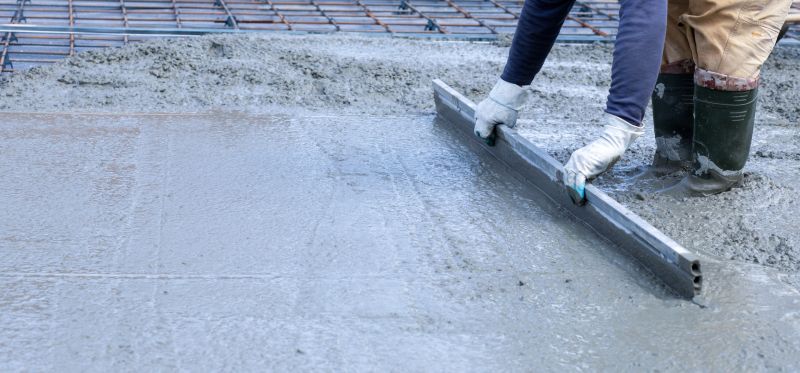
A 60-second routine that keeps Concrete Installations looking new.
Properly timed concrete installations are essential for achieving a durable, long-lasting surface. By understanding seasonal variations and weather patterns, property owners and contractors can plan projects that meet quality standards. If interested in scheduling a concrete installation, it is recommended to contact professionals to ensure the best possible results.
